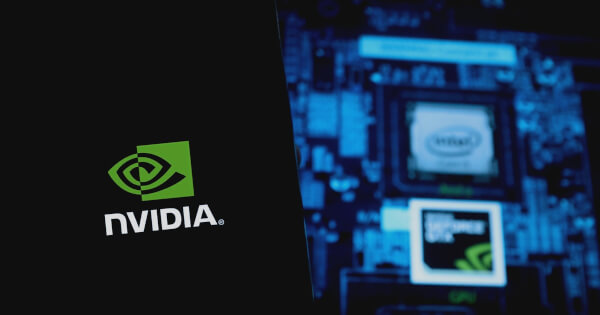NVIDIA’s GPU-Powered cuVS Revolutionizes Vector Search—Real-Time Data at Warp Speed
NVIDIA just dropped a game-changer for data wranglers. Their new GPU-accelerated cuVS slashes latency and turbocharges vector search—because who has time to wait for queries in 2025?
Silicon Over Brains
By offloading heavy lifting to CUDA cores, cuVS bypasses CPU bottlenecks like a crypto trader dodging FUD. Early benchmarks? Sub-millisecond retrieval on billion-scale datasets—no 'AI winter' in sight.
Wall Street's Next Toy
Hedge funds are already salivating. Real-time analytics meets algorithmic trading—because nothing screams 'alpha' like shaving nanoseconds off your Bloomberg terminal queries. (Cynical bonus: Finally, a use case for GPUs that doesn't involve mining shitcoins.)
This isn't an upgrade—it's an ultimatum. Legacy search vendors better pray their VC funding lasts through the next hardware refresh cycle.

NVIDIA has unveiled significant advancements in vector search technology with the release of cuVS, a GPU-accelerated platform designed to enhance indexing and real-time data retrieval. According to NVIDIA, this development caters to the growing demand for high-performance AI-powered search capabilities, offering substantial improvements in speed and scalability.
Key Features and Integrations
The latest iteration of cuVS introduces optimized indexing algorithms and expanded language support, making it an attractive option for developers and data scientists. Notably, NVIDIA has collaborated with key industry players, including Meta's FAISS and Google Cloud's AlloyDB and Vertex AI, to integrate cuVS into their platforms. Additional partnerships with Milvus, Apache Lucene, Elasticsearch, and others further extend its reach and applicability.
Accelerated Indexing on GPU
A standout feature of cuVS is its ability to build indexes faster on GPUs, offering a speedup of up to 40 times compared to traditional CPU methods. This enhancement is particularly beneficial for applications requiring rapid data processing, such as retrieval-augmented generation (RAG) and anomaly detection. NVIDIA's collaboration with Microsoft to bring the DiskANN/Vamana algorithm to the GPU underscores the platform's potential in addressing large-scale data challenges.
Interoperability and Cost Efficiency
cuVS supports seamless interoperability between CPU and GPU, allowing AI systems to leverage existing infrastructure while taking advantage of modern GPU capabilities. This flexibility not only accelerates index builds but also reduces operational costs, making it a cost-effective solution for AI-driven search applications.
Expanding Capabilities
The platform's latest release also includes APIs for Rust, Go, and Java, broadening its accessibility. Advanced features like clustering and preprocessing are now available, alongside support for binary and scalar quantization, which significantly reduce the data footprint and enhance processing efficiency.
Future Prospects
With continuous improvements and strategic partnerships, NVIDIA's cuVS is poised to redefine the landscape of vector search technology. Its integration into various AI ecosystems highlights its versatility and potential to drive innovation in data retrieval and analysis.
For more detailed information, visit the official Nvidia blog.
Image source: Shutterstock- nvidia
- ai
- vector search
- gpu

